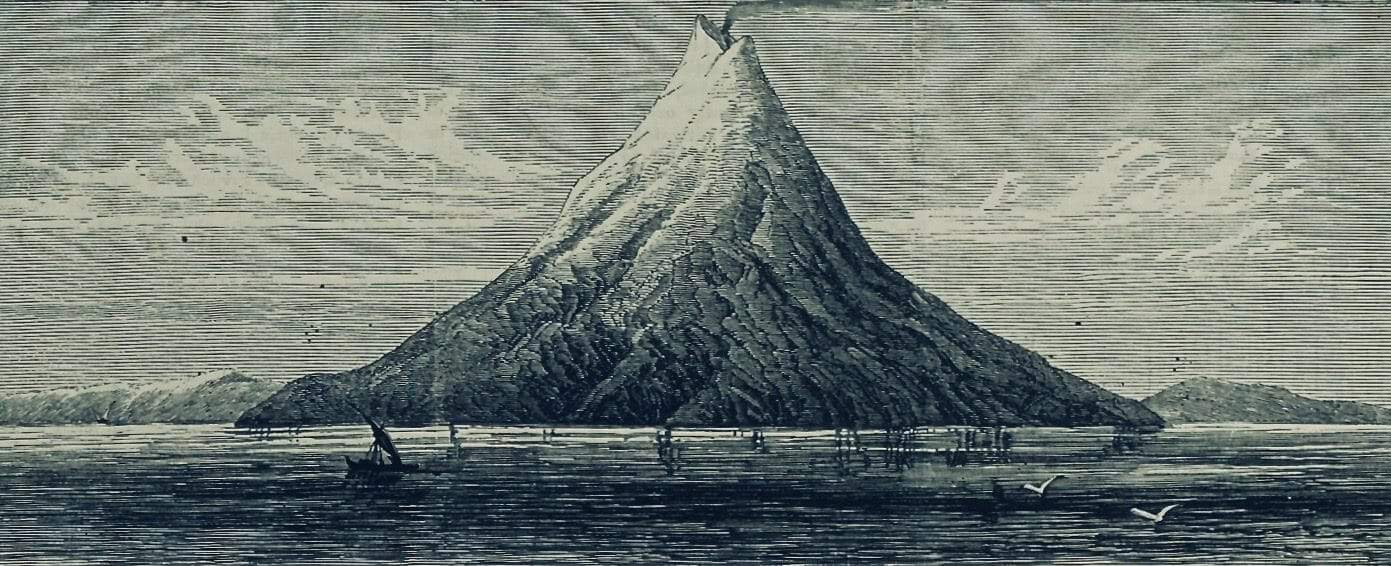│By Amelie Bonney, Gale Ambassador at the University of Oxford│
On December 9, 2019, the deadly volcanic eruption of Mount Whakaari in New Zealand sparked new discussions over risk assessment in volcanic regions. While sudden volcanic eruptions make it difficult for scientists to assess risks in such areas, the belief that eruptions can be predicted thanks to science also leads to increasingly hazardous activities such as tourism in dangerous volcanic regions. How and why have humans become so intrepid when it comes to volcanoes?
The Gale Primary Sources archives provide not only newspaper articles but also a range of valuable monographs and visual sources, ranging from drawings to photographs, which allow us to investigate how our understanding and perception of volcanic eruptions has changed over the last few centuries. The sources demonstrate that the scientific community’s investigations led to the emergence of new understandings of dangerous volcanic eruptions from the late eighteenth century onwards. Paradoxically, scientific explanations of volcanic eruptions created a heightened sense of danger but also led to an increase in risk-taking behaviour.


